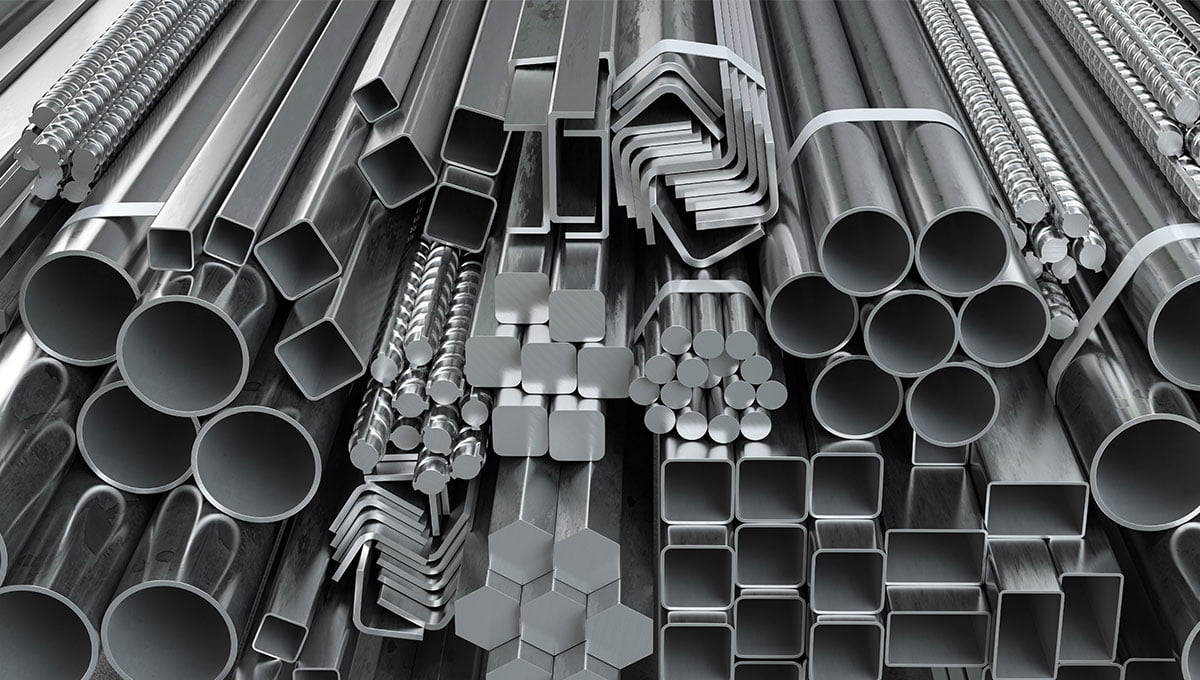
As Deha Metal, we want to share with you the methods used for calculating metal products such as sheets, boxes, squares, and angles. These methods will assist our customers in obtaining the right dimensions and quantities of products they need.
Sheet Weight Calculation
Sheet weight calculation is a method used to calculate the weight of a specific sheet metal. These calculations are based on the dimensions of the sheet (length, width, and thickness) and the density of the material. Accurate calculation is crucial both for cost and material management.
The formula for sheet weight calculation is as follows:

Material Selection and Density Value: First, you need to know the density value of the sheet material you will use. The density values of different materials, such as steel, aluminum, and copper, vary.
| Material | Density (kg/m³) |
|---|---|
| Steel | 7850 |
| Aluminum | 2700 |
| Copper | 8960 |
Determining Dimensions: Determine the length, width, and thickness of the sheet in meters. For instance, we will use a steel sheet that is 2 meters long, 1 meter wide, and 0.005 meters (5 mm) thick.
Calculation: The calculation is done according to the specified values:

Box and Square Weight Calculation
Boxes and squares are products obtained by bending metal sheets. While squares are cut from flat sheets, boxes are formed by bending.
Area Calculation:
- Measure the length, width, and height of the box or square sheet.
- Area = (2 × Length × Height) + (2 × Width × Height) + (Length × Width)
Weight Calculation:
- Multiply the area by the sheet's thickness and density.
- Weight = Area × Thickness × Density
Angle Iron Weight Calculation
Angle irons are L-shaped metal profiles, commonly used in construction for corner joints.
Angle Iron Weight Calculation Method:
Area Calculation:
- Measure the length, width, and thickness of the angle iron.
- Area = (2 × Length × Width) + (Thickness × Thickness)
Weight Calculation:
- Multiply the area by the angle iron's thickness and density.
- Weight = Area × Thickness × Density
Pipe, Flat Bar, and Rod Weight Calculation
Pipes, flat bars, and rods are metal products of various diameters and sizes, commonly used in construction and manufacturing sectors.
Volume Calculation:
- Measure the diameter and length of the pipe, flat bar, or rod.
- Volume = π × (Diameter/2)^2 × Length
Weight Calculation:
- Multiply the volume by the metal's density.
- Weight = Volume × Density
At Deha Metal, we share this information to help our customers make accurate calculations suitable for their needs. For more information or to place an order, feel free to contact us.

 TR
TR







